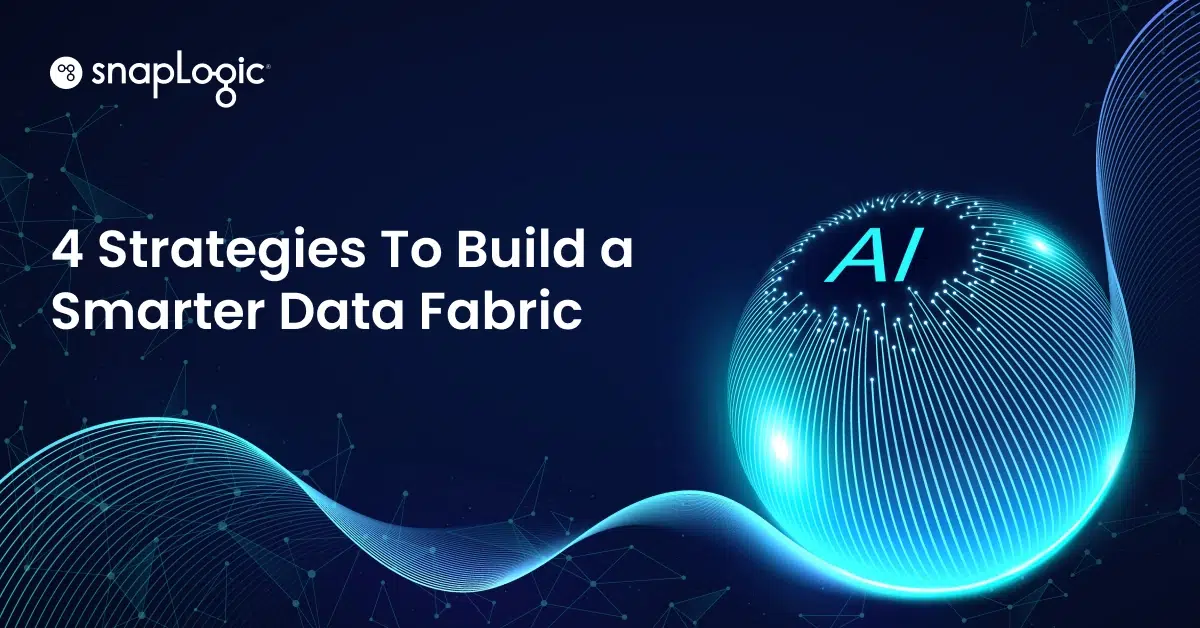Modern data-driven companies are the best at leveraging data to anticipate customer needs, changes in the market, and proactively make more intelligent business decisions. According to the Gartner 2018 CEO and Senior Business Executive Survey, 81 percent of CEOs have prioritized technology initiatives that enable them to acquire advanced analytics. While many companies tapping into advanced analytics are now rethinking their data architecture and beginning data lake projects, 60 percent of these projects fail to go beyond piloting and experimentation, according to Gartner. In fact, that same Gartner survey reports that only 17 percent of Hadoop deployments were in production in 2017. If companies don’t successfully modernize their data architecture now, they will end up losing customers, market share, and profits.
What drives the shift to a modern enterprise data architecture?
The architectures that have dominated enterprise IT in the past can no longer handle the workloads needed to move the business forward. This shift towards a modern data architecture is driven by a set of key business drivers. There are seven key business drivers for building a modern enterprise data architecture (MEDA):
- Supporting the democratization of data, which requires data sharing, quality, security, and governance
- Enabling the “hyper-connected” enterprise within and beyond your organization
- Supporting a move to self-service and the Citizen X (integrator, data scientist, etc.)
- Moving from historical reporting to predictive and prescriptive analytics
- Enabling a greater responsiveness to the line of business (LOB) users
- Future-proofing for new data sources and downstream applications and use cases
- Achieving the elusive enterprise digital transformation
Cloud-based data lakes: At the core of a modern enterprise data architecture
While there are so many reasons to push data projects forward, organizations are often held back from using their data by incompatible formats, limitations of traditional databases, and the inability to flexibly combine data from multiple sources. This is why cloud-based data lakes have replaced the enterprise data warehouse (EDW) as the core of a modern data architecture.
Unlike a data warehouse, a data lake is a collection of all data types: structured, semi-structured, and unstructured. Data is stored in its raw format without the need for any structure or schema. In fact, data structure doesn’t need to be defined when being captured, only when being read. Because data lakes are highly scalable you can support larger volumes of data at a cheaper price. With a data lake, data can also be stored from relational sources (like databases) and from non-relational sources (IoT devices/machines, social media, etc.) without ETL (extract, transform, load), allowing data to be available for analysis much faster.
The enterprise data warehouse (EDW) as we know it is neither dead nor will it be any time soon. However, it’s no longer the centerpiece of an enterprise’s data architecture strategy. The EDW remains a mission critical component in a company’s overall MEDA, but it should now be viewed as a “downstream application” – a destination, but not the center of your data universe.
Next steps in building a Modern Enterprise Data Architecture
The journey to building a modern enterprise data architecture can seem long and challenging, but with the right framework and principles, you can successfully make this transformation sooner than you think. Download our white paper, “Easing the pain of big data: The Modern Enterprise Data Architecture (MEDA)” to learn how to build a MEDA that is flexible enough to be used today and scale for tomorrow’s use cases.











